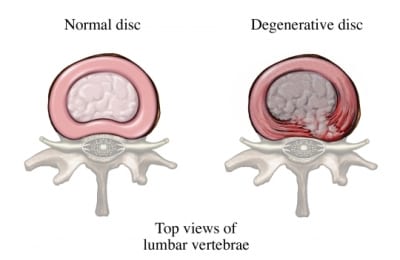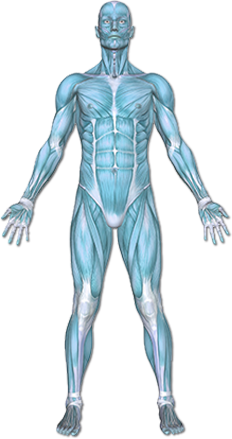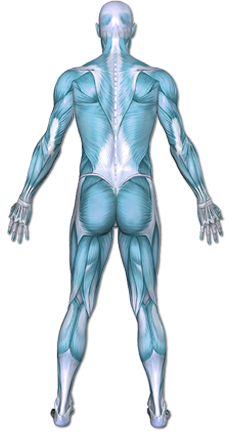Degenerative Disc Disease
Discs lie between the spinal bones (vertebrae). They serve as shock absorbers, protecting the spine to keep it flexible. Degenerative disc disease (DDD) refers to the wear and tear on these discs, causing pain and other symptoms. Some degeneration is normal as you age and not all degeneration will result in symptoms of this disease.


Copyright © Nucleus Medical Media, Inc.
This content was created using EBSCO’s Health Library
The condition of DDD is characterized by loss of fluid and reduced resilience to damage. The fibrous tissue, which holds the disc material in place, may suffer small tears. These tears lead to further damage. There is some evidence that genetics may play a role for some people.
This content was created using EBSCO’s Health Library
Factors that may increase your chance for degenerative disc disease:
- Increased age
- Family history of degenerative disc disease
- Sports
- Back injury
- Smoking
- Heavy physical work
- Obesity
This content was created using EBSCO’s Health Library
Symptoms of degenerative disc disease include:
- Pain in the low back, buttocks, thighs, or neck
- Pain that worsens when sitting, bending, lifting, or twisting
- Pain that feels better when walking, changing positions, or lying down
- Periods of severe pain that gets better after a few days or months
- Numbness and tingling into the legs
- Weakness in the legs
- Inability to raise the foot at the ankle
This content was created using EBSCO’s Health Library
Your doctor will ask about your symptoms and medical history. A physical exam will be done with images taken of the disc and surrounding area. This can be done with:
- MRI scan
- X-ray
- Discography
Your bodily fluids may be tested. This can be done with:
- Blood tests
- Urine tests
Your nerves may be evaluated with an electromyogram and nerve conduction studies.
This content was created using EBSCO’s Health Library
Your therapist will educate you on pain-relieving techniques (such as ice) and decreasing or modifying painful activities. This diagnosis often occurs from muscular tightness/weakness which causes posture to get out of alignment. Years of activity with poor posture can lead to damage to the structures of the spine. Your therapist will educate and assist you on proper stretching and strengthening exercises for the back. They may perform hands on, manual therapy techniques to further increase joint flexibility. The final phase of rehab will involve strengthening, functional activities, and education to prevent the injury from recurring again. If surgery is needed, your therapist will work with you to regain strength and range of motion through education, exercise, and manual therapy. They will teach and train you to perform functional activities to help you avoid future injury.
This content was created using EBSCO’s Health Library
Take the following steps to help protect your spine:
- Begin a safe exercise program with the advice of your doctor.
- Maintain a healthy weight.
- If you have osteoporosis, follow your doctor’s instructions for treating the condition.
- If you smoke, talk to your doctor about ways to quit.
If possible, make changes to your workplace to reduce symptoms.
This content was created using EBSCO’s Health Library
This content was created using EBSCO’s Health Library Resources
- American Academy of Orthopaedic Surgeons
- North American Spine Society
CANADIAN RESOURCES:
- Canadian Orthopaedic Association
- Canadian Orthopaedic Foundation
REFERENCES:
- Bogduk N, Anat D. Degenerative joint disease of the spine. Radiol Clin North Am. 2012;15(4):613-28.
- Paassilta P, Lohiniva J, Göring HH, et al. Identification of a novel common genetic risk factor for lumbar disk disease. JAMA. 2001;285:1843-1849.
- Urban J, Roberts S. Degeneration of the intervertebral disc. Arthritis Res. Ther. 2003;5(3):120-130.
This content was created using EBSCO’s Health Library


